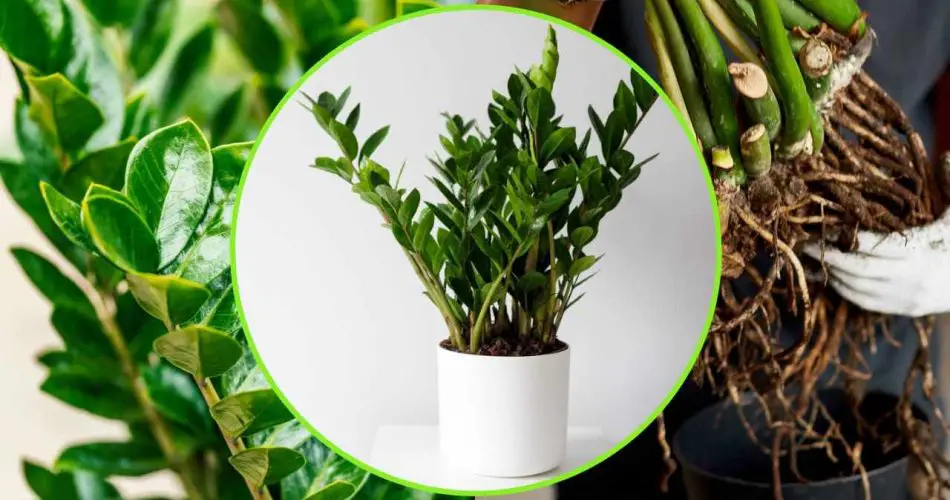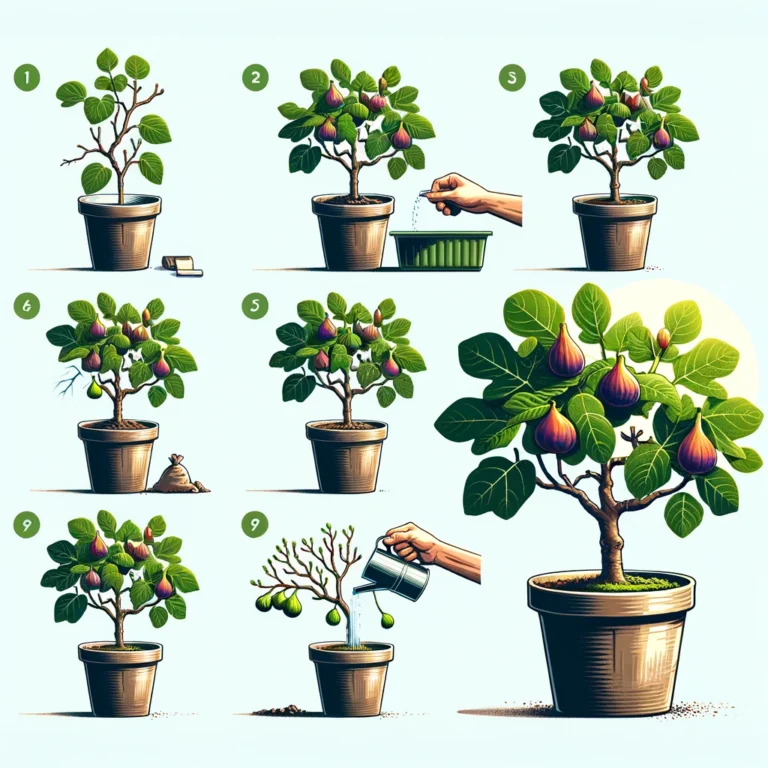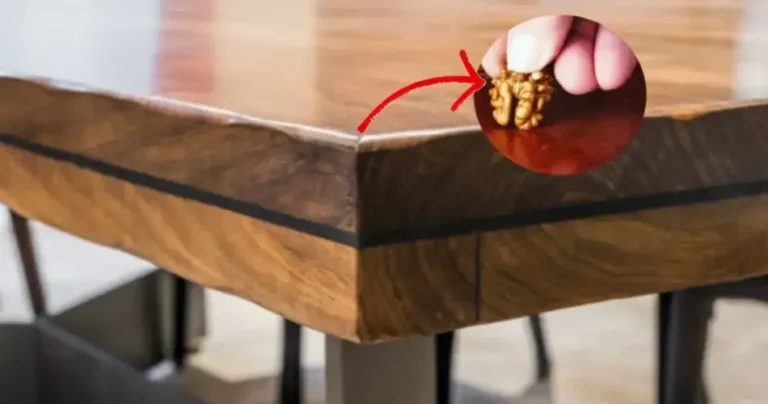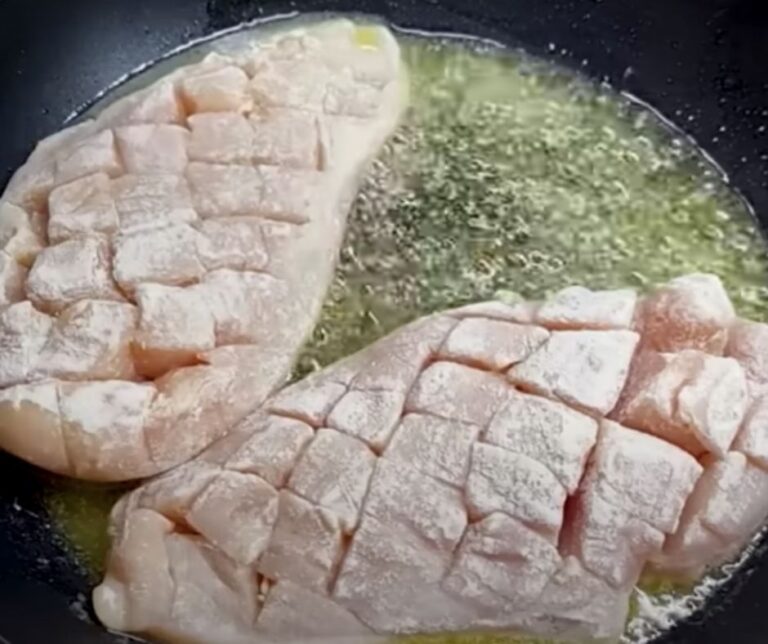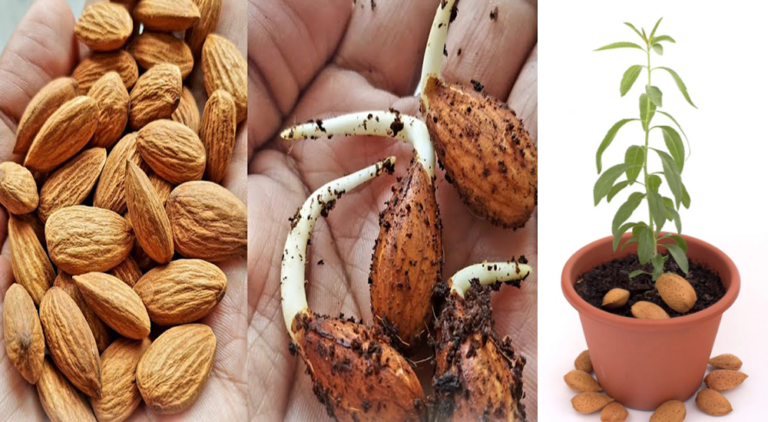Padre Pio Plant, if you water it so that it rots | The gardeners’ trick to always have it strong and lush
The Padre Pío (Zamioculcas) plant is an excellent indoor variety and easy to grow . It loves places with good sun exposure , as long as it does not come into direct contact with sunlight, which can also cause leaf burns . It also easily adapts to more or less dark areas . In the presence of low light, however, the plant would grow very slowly. It tolerates high temperatures very well, around 30 ° C, but does not like temperatures close to or below 15 ° C. The optimal temperature for this plant is 18 to 26 degrees.
The plant can be placed outdoors during spring , but only in a semi-shaded area . In autumn it should be repositioned in a protected place, as it particularly suffers from the cold. To prevent it from suffering during the winter, it would be advisable to place the Padre Pio plant near a window or in a very bright area.
Padre Pio’s plant, if you water it like this you make it rot: here’s how to do it right!
Watering for this plant should be carried out according to sun exposure . If the plant is placed in bright and warm places, watering should be done regularly , allowing the substrate to dry between watering. Otherwise, however, watering should be less regular and a few more days should pass between waterings. The soil of the Padre Pio plant must always be kept moist, to ensure the correct development of the plant. Water stagnation , not appreciated by this variety, must certainly be controlled. In case of stagnation of water , unfortunately, the roots could rot with very harmful consequences for the plant. However, in case of lack of watering , the leaves may turn yellow and fall off.
Furthermore, in the period between March and October it would be advisable to add suitable fertilizer once every 20 days.
Padre Pio Plant: it should not be pruned and is resistant to diseases
The Padre Pio plant does not require pruning, only the dry or damaged parts must be removed . This plant can reproduce both by division and by cutting. The division is carried out by removing the rhizomes of adult plants and subsequently burying them. This operation is slow given the growth characteristics of the plant. Division by cuttings is carried out by cutting the leaves of the plant and burying them in a pot containing peat and sand. The pot should be placed in a bright place and the soil should be kept moist. Once the new leaves appear from the ground, you will have to wait until the following spring for the plants to develop.
The advantage of this plant is that it is particularly resistant to diseases and pests. Diseases are mainly caused by irregular watering. If they are excessive, in fact, they can cause yellowing of the leaves , if on the other hand the substrate does not allow excellent drainage, the stagnation of water can rot the roots and cause damage to the entire plant.
